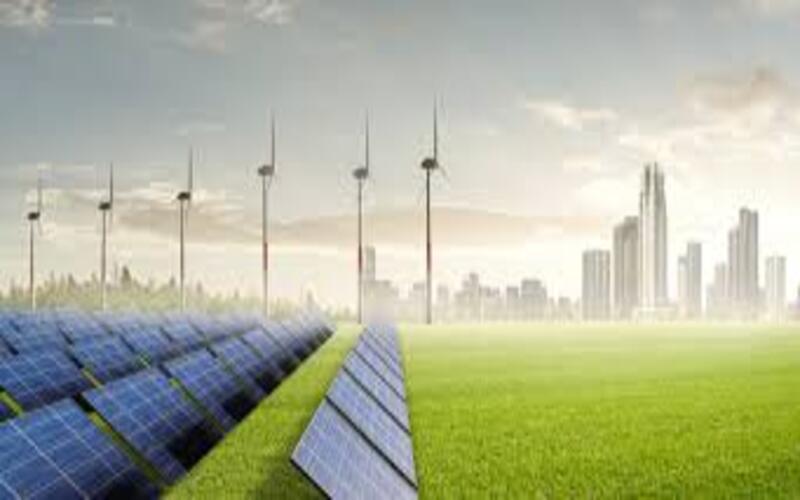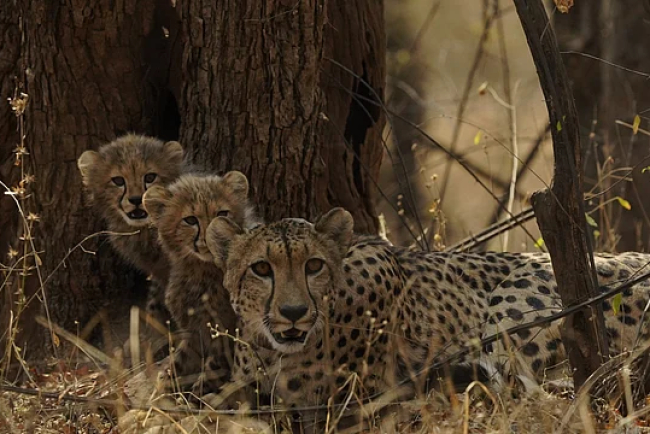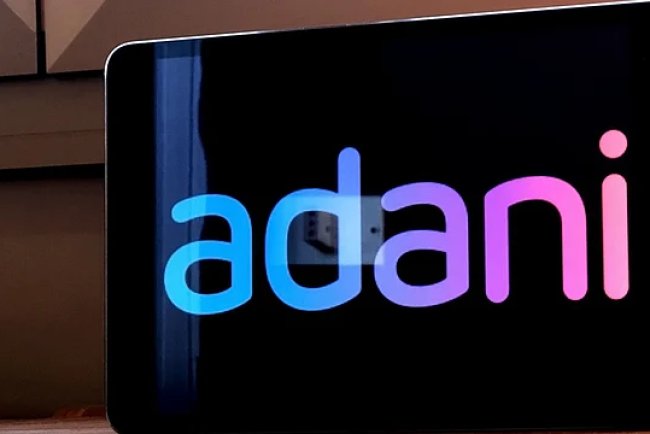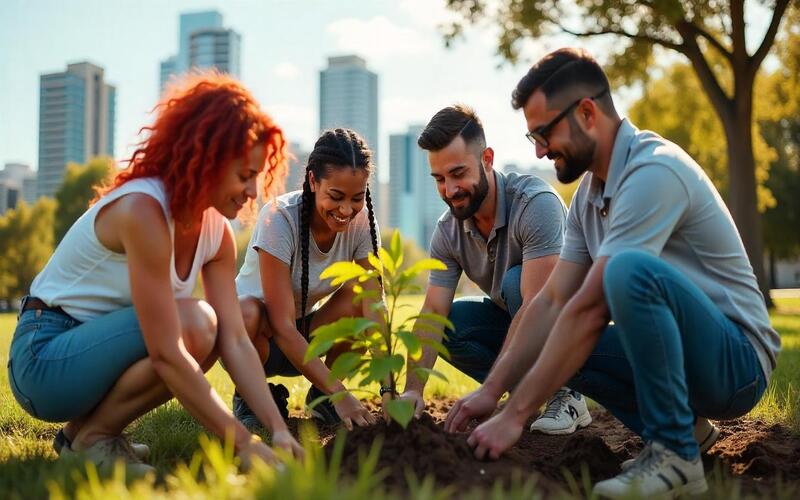Historic First: India Auctions Potash Block as Part of 10 Critical Mineral Deals
India has auctioned 10 critical mineral blocks, including its first potash block, to support EV, renewable energy, and agriculture sectors, aiming to reduce import reliance. India auctions 10 critical mineral blocks, including its first potash block, to bolster EV and renewable energy supply chains, targeting self-reliance.

India has auctioned 10 critical mineral blocks, including its first potash block, to strengthen domestic supply chains for electric vehicles (EVs), renewable energy, and agriculture. This initiative, part of the fifth tranche of mineral auctions, supports India’s goal of reducing import dependence and boosting self-reliance in strategic industries. The move addresses global supply chain vulnerabilities amid rising demand for critical minerals.
The auctioned blocks, located across states like Rajasthan, Madhya Pradesh, and Jharkhand, include lithium, cobalt, and potash, essential for battery production and fertilizers. The potash block in Rajasthan, India’s first, is a significant step toward reducing reliance on imports, which currently meet 90% of the country’s potash needs for agriculture. Lithium and cobalt blocks are critical for EV batteries, with India aiming to produce 10 million EVs annually by 2030. The auctions attracted bids from major mining companies, including Vedanta and Adani Enterprises, with the government expecting $500 million in revenue. Winning bidders will receive exploration and mining licenses, with production expected to begin by 2028.
India’s critical mineral strategy aligns with its target of 50% non-fossil fuel energy by 2030. Lithium, used in 70% of EV batteries, faces global shortages, with prices rising 25% since 2023. The government is offering tax breaks and subsidies, covering up to 20% of exploration costs, to encourage investment. The Geological Survey of India has identified 50 potential mineral blocks, with plans to auction 20 more by 2026. The potash block is expected to produce 1 million tons annually, reducing imports by 10%. Cobalt, used in battery cathodes, is also scarce, with India importing 80% of its needs from the Congo and Australia.
Challenges include complex regulatory approvals, which can delay projects by up to two years. Environmental concerns are significant, with lithium mining in Jharkhand facing opposition from local communities over water usage and land displacement. The government is implementing stricter environmental standards, requiring 30% of mining sites to be restored post-extraction. Community engagement programs, including job creation and infrastructure development, aim to mitigate resistance. The auctions have created 5,000 jobs in exploration and are expected to generate 20,000 more during mining operations.
Global competition for critical minerals is intensifying, with China controlling 60% of lithium processing and 70% of cobalt supply. India’s auctions aim to diversify global supply chains, reducing dependence on single sources. The government is also investing $1 billion in domestic processing facilities to refine raw minerals, adding value before export. Partnerships with Australia and Canada are facilitating technology transfers for efficient mining and recycling. For instance, a joint venture with Australia’s BHP is developing lithium extraction techniques suited to India’s geology, potentially increasing yields by 15%.
The EV and renewable energy sectors are the primary drivers of demand. India’s EV market, projected to reach $50 billion by 2030, requires 100,000 tons of lithium annually. Solar and wind projects, which use cobalt in energy storage systems, are expanding, with 50 GW of renewable capacity added in 2024. Potash, vital for agriculture, supports India’s food security goals, with demand growing 5% annually due to population growth. The government’s Production Linked Incentive (PLI) scheme, with $2 billion allocated, encourages local battery manufacturing, further boosting mineral demand.
Future auctions will target rare earth elements (REEs), used in wind turbines and EV motors. India currently imports 95% of REEs, primarily from China, making domestic production a priority. The government is also developing a critical minerals policy, expected in 2026, to streamline approvals and promote recycling. Recycling could meet 10% of lithium demand by 2030, reducing environmental impacts. International cooperation, such as India’s participation in the Mineral Security Partnership, enhances access to global expertise and markets.
Conclusion
India’s auction of 10 critical mineral blocks, including its first potash block, is a strategic move to secure supplies for EVs, renewables, and agriculture. While regulatory and environmental challenges persist, the initiative strengthens India’s position in global supply chains. Continued investment and international partnerships will be key to achieving self-reliance and supporting sustainable growth.
What's Your Reaction?

















